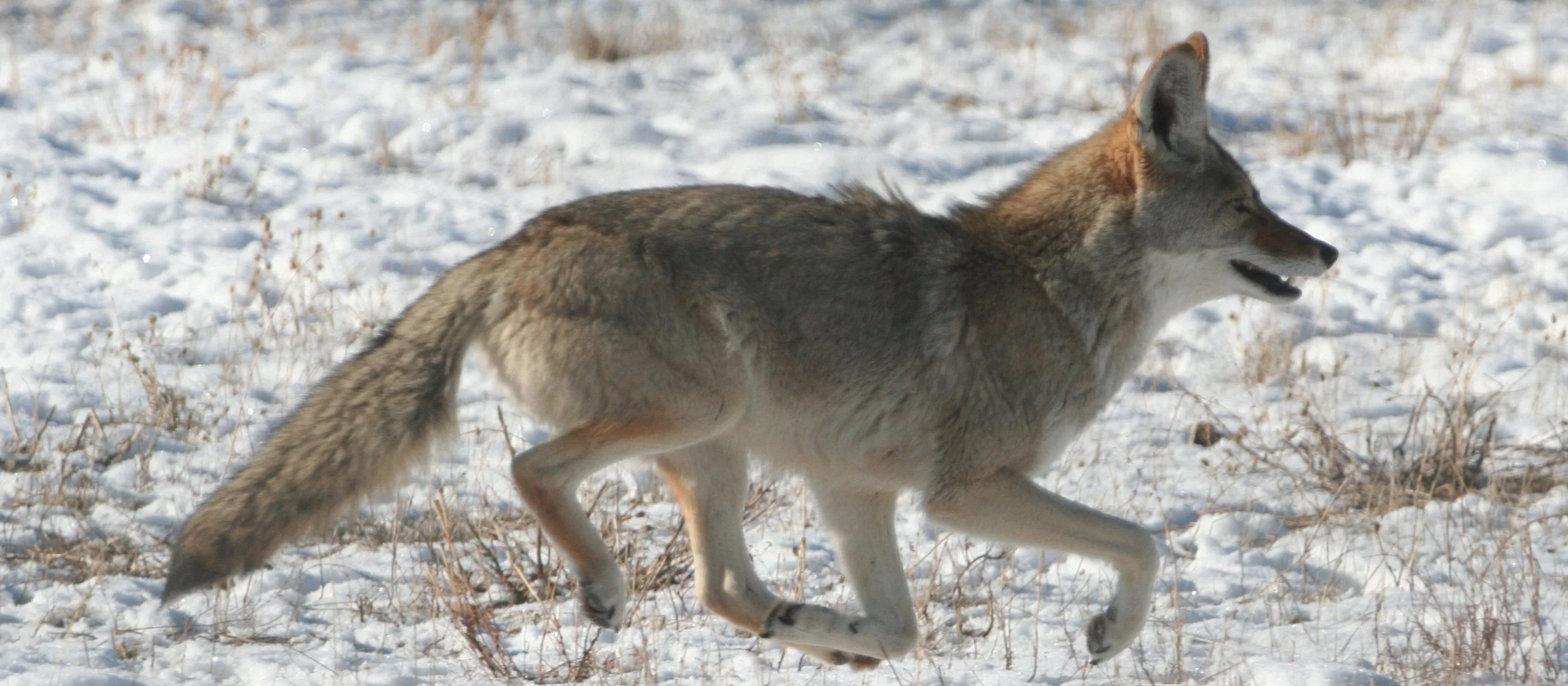Approaching your stand without spooking coyotes
In a previous post I talked about driving to your hunting spot. In this post I’ll share some tips on how to walk to your stand without ruining it before you even start calling.
Chambering a round
Starting while you are still at your vehicle, be careful about making any extra noise. There’s quite a bit of discussion about when it’s safe to chamber a round in your gun. I like to do so before I begin my walk to the next stand. My shotgun and AR platform rifle make a lot of noise when chambering a round. I don’t want that sound to spook any nearby coyotes once I get to my stand. In addition, by sticking to my routine of loading up at the truck, I haven’t ever forgotten to do so once I start calling.
Some will say that walking into your stand with a loaded rifle is unsafe. In my opinion, if you follow all the other gun safety rules, it’s not. Be sure your safety is on, always point your muzzle in a safe direction.
Wind direction
There is probably nothing as critical when hunting coyotes as watching the wind. You will never fool a coyote’s nose. Never allow your scent to be blown into the area you are planning to call. The best scenario is to have the wind in your face, but a cross wind is ok as long as it blows your scent away from the area you expect to have coyotes respond from.
No talking
If you are hunting with a friend, avoid any unnecessary conversation. If you must communicate, do so with hand signals or whispers.
Walk quietly
Approach your calling stand with the same level of caution you would use when still hunting deer. Avoid stepping on loose rocks, branches or anything else that would make extra noise. If you are hunting in crusted snow, try to step on bare spots or rocks. It might be a better idea to return later in the day after the crust has softened and is quieter. Making noise is inevitable, but do all you can to reduce any sound you might make.
Stay in the cover
If at all possible, avoid walking through open areas where you might be seen by coyotes. Stay inside the tree line, utilize draws and gullies and avoid being skylined. If you need to cross over the top of a ridge, try to do so near a tree, bush or some other type of cover. Crouching will also reduce your visual exposure, as will moving slowly.
Once you arrive at your calling location, set up quietly. I hunt with a chair, so setting it up requires some amount of movement and inevitable noise. I try to be as quiet as possible and be sure to set it up in a spot that offers unobstructed views of the area I’m calling.
Setting out the e-caller
I have seen videos of hunters running out to set up their call and then running back to their stand location. Knowing that the most sensitive part of a coyote’s vision is it’s ability to pick up movement, this 50 yard sprint doesn’t make much sense. If anything, your level of stealth should increase the closer you get to turning on the call.
Let the location settle
Take a few minutes to quietly prepare before you start calling. I adjust the legs on my Swagger bipod and check for shooting lanes. If you are filming your hunt, now is the time to turn on your camera. I have my rifle sighted in so that I’m shooting point-blank on a coyote out to 200 yards. Now is when I take out my range finder and pinpoint some visual references that are 200 yards away. Any coyote within those reference points is shootable.
If a coyote sees, hears or smells you as you’re walking into a stand, he’ll most likely vacate the area on a run and chances of calling him in will plummet.
Start calling low and slow
Now It’s time to start calling. I always start at low volume, usually just loud enough I can barely hear the sound. If you have done everything else right, it’s possible that there is a coyote quite close to your stand. By starting low, you increase your chances of calling in one of these dawgs. I have had coyotes appear in as little as 45 seconds from the time I turned on the call.

